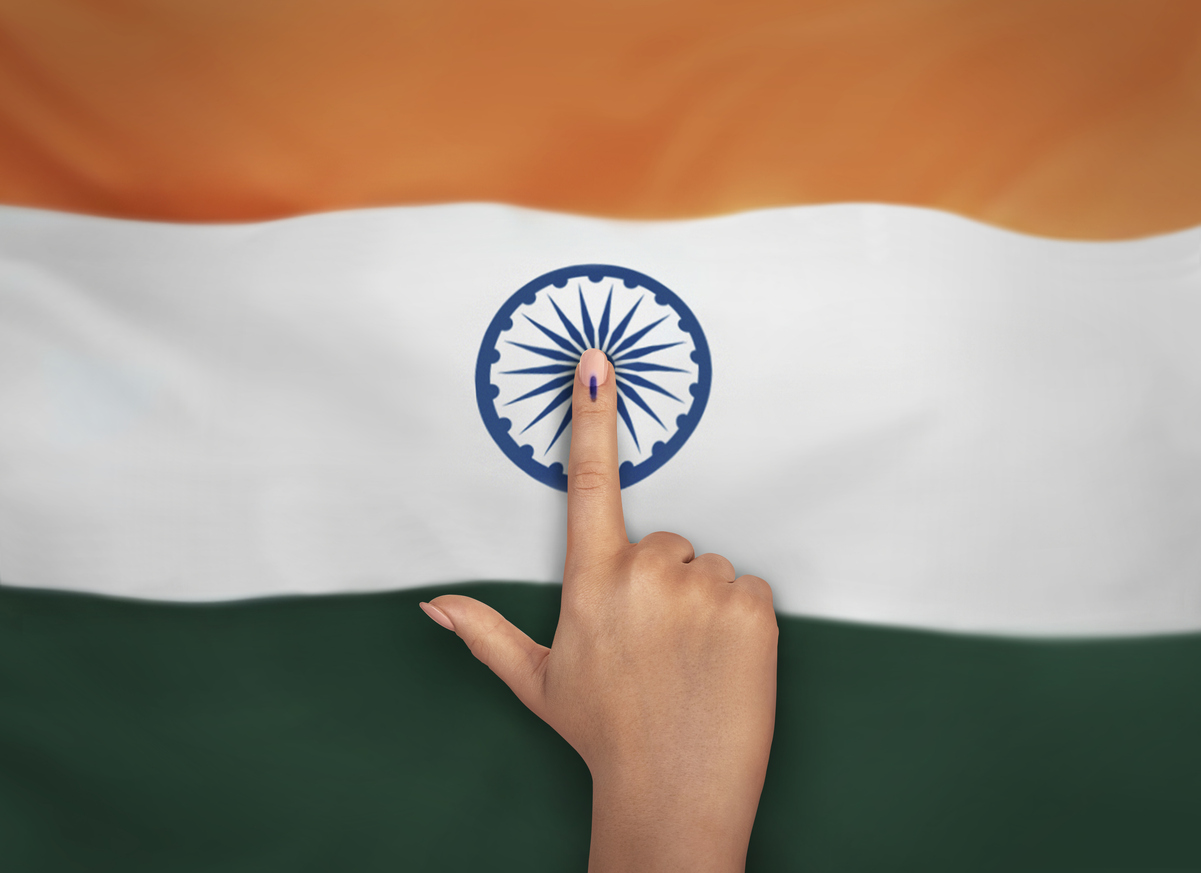The court was hearing a few pleas seeking the right to take recourse to surrogacy after fertility treatment had failed.
Published May 10, 2025 | 1:17 PM ⚊ Updated May 10, 2025 | 1:17 PM

Critics argue that delimitation based on current population would affect the representation of Southern states. (iStock)
Synopsis: The Supreme Court has observed that population-based delimitation may disadvantage South India, which has effectively controlled its population. With the 2026 delimitation approaching, southern states—except Andhra Pradesh—oppose the move, fearing reduced parliamentary representation. They argue that states adhering to population control should not be penalised, while those with higher growth gain greater political power unfairly.
Delimitation of electoral constituencies based on population would make South India lose out in Parliament, the Supreme Court has said.
A Bench of Justices BR Nagarathna and Satish Chandra Sharma observed that South India has controlled its population. The population in Southern India has been decreasing even as North Indian families expanded, the Bar and Bench reported the observation the apex court had made on Friday, 9 May.
The court was hearing a few pleas seeking the right to take recourse to surrogacy after fertility treatment had failed.
The Union government’s move to delimit electoral constituencies in 2026 has sparked considerable opposition from South Indian states, which had controlled their population based on a central policy.
In India, parliamentary representation has been based on the 1971 population census for over five decades. However, with this freeze set to expire in 2026, debates and concerns have resurfaced.
Southern states have been demanding the Centre not to punish them for adopting and implementing the central policy to control population. Delimitation based on population, they feared, would slash their representation in the country’s lawmaking bodies, while those states that had not implemented the policy would gain, and get more representation.
The opposition to the proposed delimitation also saw the South Indian states, barring Andhra Pradesh, coming together in Chennai, Tamil Nadu, in March 2025. A joint council formed decried the Centre’s “divisive” tactics.
Andhra Pradesh has an NDA government, led by N Chandrababu Naidu’s TDP, at its helm.
The Joint Action Committee unanimously adopted the following resolutions during its first meeting:
(Edited by Sumavarsha).
